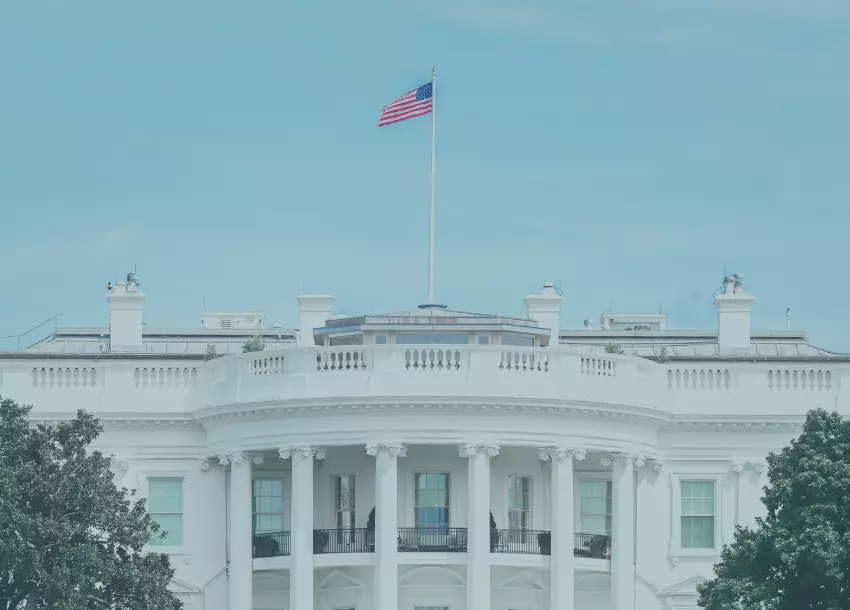The FTC announces it has finalized an updated version of its Endorsement Guides
On July 26, 2023, the Federal Trade Commission (“FTC”) adopted revised Guides Concerning the Use of Endorsements and Testimonials in Advertising (“Endorsement Guides”). 88 FR 48092 (July 26, 2023). While the FTC has had Endorsement Guides for many years, the FTC has adapted those Guides to meet the changing digital landscape caused by the explosive growth of e-commerce and social media. The Endorsement Guides contain the FTC’s latest formal guidance on what practices regarding the use of endorsements and testimonials the FTC considers to be deceptive in violation of Section 5 of the FTC Act, 15 U.S. Code § 45.
The revised Guides contain significant revisions, with several of special significance. First, the revised Guides make clear that tags in social media posts may be “endorsements.” The FTC uses the example of a professional golfer who is hired by a brand of golf balls to practice drives off the tee. If the golfer is paid to post a video of his drives to his social media account, the paid post is an endorsement even if the name of the brand of the golf balls is not mentioned or shown in the video, but is merely tagged.
Second, the Guides also revise the definition of an “endorser” to include what “could be or appear to be an individual, group, or institution.” The FTC makes clear that this revision is intended to encompass the writers of fake reviews and those who write reviews on behalf of non-existent entities.
Third, the FTC added a definition of “clear and conspicuous.” This phrase has always been a touchstone of FTC enforcement, and is used through the Guides. The Guides define “clear and conspicuous” to mean that “a disclosure is difficult to miss (i.e., easily noticeable) and easily understandable by ordinary consumers.” If the communication that necessitates the disclosure is through audible means, the disclosure should be made through audible means. If the communication is through visual means, the disclosure should be through visual means.
Fourth, and of particular note to advertising agencies and publication relations firms, the revised Guides contain a new provision concerning the liability of intermediaries. The provision provides that “Advertising agencies, public relations firms, review brokers, reputation management companies, and other similar intermediaries may be liable for their roles in creating or disseminating endorsements containing representations that they know or should know are deceptive.” This revision does not provide a great deal of clarity, but highlights the need for advertising agencies and public relations firms to scrutinize the content they publish.
Finally, a new provision underscores the FTC’s “special concern” with endorsements targeted toward children. The FTC makes clear that “[p]ractices that would not ordinarily be questioned in advertisements addressed to adults might be questioned in such cases.” This provision is cryptic – perhaps intentionally so. In explaining the new provision, the FTC noted that it had rejected commenters’ requests for greater specificity. The FTC explained that while disclosures may be effective with adults, they appear not to work for younger children.
Below is a concise summary of the FTC’s revisions to the Endorsement Guides.
Key Revisions
Endorsers
The updated Guides clarify that there is no obligation for the endorser to modify or delete a historic post as long as the date of the post is clear and conspicuous to viewers.
- The updated Guides clarify that “tags” and certain similar communications are endorsements.
- The updated Guides clarify that an ad must use an endorser’s exact words only when the ad represents that it is presenting the endorser’s exact words, such as by using quotation marks.
- The updated Guides provide that the endorser must have exercised the expertise that they are “represented” as possessing.
- The updated Guides clarify that there is no obligation for the endorser to modify or delete a historic post as long as the date of the post is clear and conspicuous to viewers.
Consumer Reviews
- The updated Guides add that fake reviews used to promote a product are “endorsements.”
- The FTC notes that although the use of fake followers may be inherently misleading, the FTC’s “jurisdiction is limited to commercial speech and does not reach the use of fake followers for vanity or other non-commercial purposes.”
- The updated Guides add that positive reviews used to promote a product are “endorsements.”
Disclosures
- The updated Guides provide that for online disclosures to be effective, they must be unavoidable.
- The updated Guides revised the definition of “clear and conspicuous” to describe the characteristics necessary to make disclosures effective.
- The updated Guides make clear that when an ad is targeted to older consumers, whether the disclosure is clear and conspicuous will be evaluated from the perspective of older consumers, including those with diminished auditory, visual, or cognitive processing abilities.
- The updated Guides add that to be effective, a disclosure must alter the net impression of an advertisement so it is not misleading.
- The updated Guides make clear that a “material connection needs to be disclosed when a significant minority of the audience for an endorsement does not understand or expect the connection.”
Liability
- The updated Guides make clear that the FTC expects advertisers to be responsible for and monitor the actions of their endorsers.
- The updated Guides clarify that the advertiser’s liability may extend to “deceptive endorsements” and not just the narrower issue of whether an endorser’s statement is true.
- The updated Guides clarify that an advertising agency or public relations firm may also be liable for their roles in creating ads containing endorsements that they know or should know are deceptive.
Child-directed advertising
- The updated Guides note that endorsements in advertising directed to children may be of special concern because of the character of the audience; practices that would not ordinarily be questioned in ads directed to adults might be questioned when directed to children.
Maynard Nexsen attorneys are deeply knowledgeable about all aspects of advertising regulations. We are available to advise and assist clients with implementing the updated Guides and related FTC requirements. Please let us know if we can be of assistance.
About Maynard Nexsen
Maynard Nexsen is a full-service law firm of 600+ attorneys in 31 locations from coast to coast across the United States. Maynard Nexsen formed in 2023 when two successful, client-centered firms combined to form a powerful national team. Maynard Nexsen’s list of clients spans a wide range of industry sectors and includes both public and private companies.
Related Capabilities







